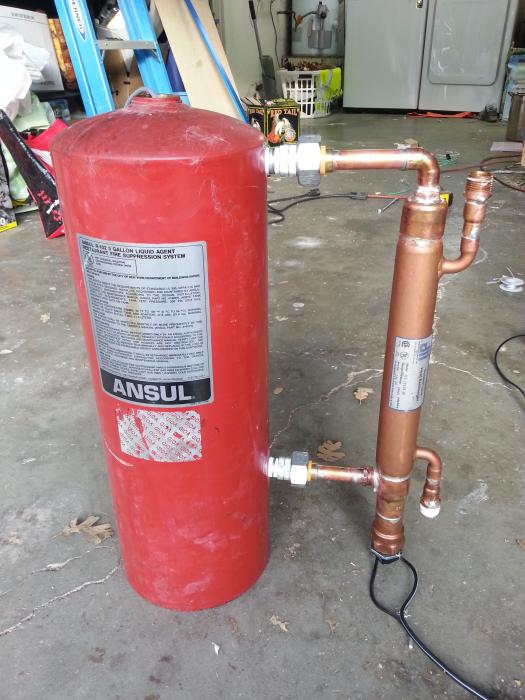horseinmay
Well-Known Member
TallDan,
I don't mean steam jacketed, but actually using the pressure in the chamber with the element to inject steam into the wort as it flows through the rims. There is no need for surface area contact, just let the wort recirculate, and the steam will go into that stream and condense, releasing its heat energy. All he would have to do is puncture the pressure chamber and make some minor changes.
I don't mean steam jacketed, but actually using the pressure in the chamber with the element to inject steam into the wort as it flows through the rims. There is no need for surface area contact, just let the wort recirculate, and the steam will go into that stream and condense, releasing its heat energy. All he would have to do is puncture the pressure chamber and make some minor changes.
























![Craft A Brew - Safale S-04 Dry Yeast - Fermentis - English Ale Dry Yeast - For English and American Ales and Hard Apple Ciders - Ingredients for Home Brewing - Beer Making Supplies - [1 Pack]](https://m.media-amazon.com/images/I/41fVGNh6JfL._SL500_.jpg)

































